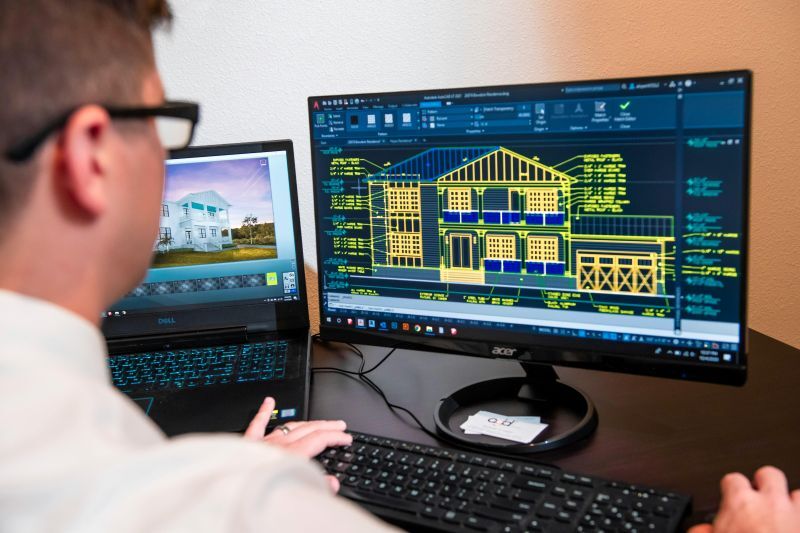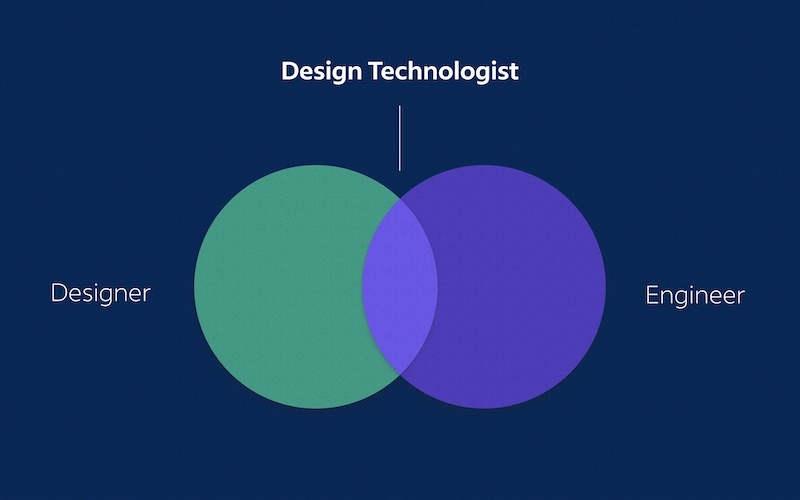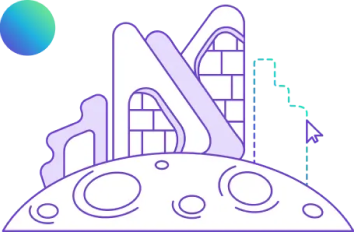6 Best Computational Design Software for Design Technology Specialists
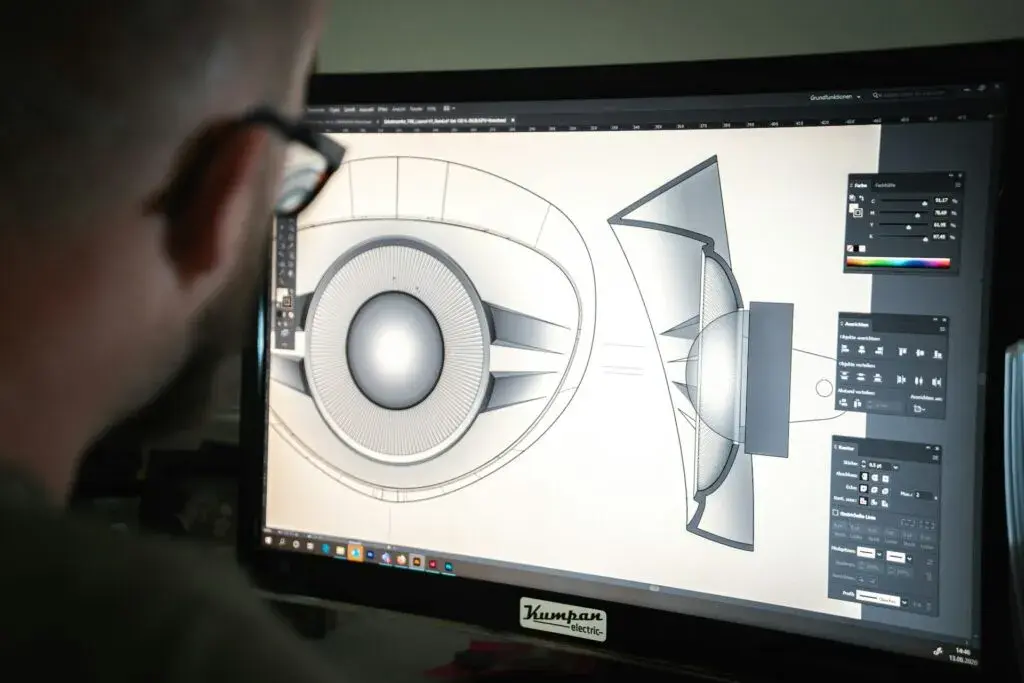
Table of Contents
For a design technology specialist, choosing the right parametric tools for design technology specialist workflows or BIM tools for design technology specialist roles can make or break project efficiency. Computational design is the backbone of modern architecture, engineering, and construction workflows. According to industry data, around 70% of architects, 67% of engineers, and 74% of contractors in the U.S. now use BIM tools actively.
This rapid adoption reflects how essential computational, parametric, and generative design tools are to staying competitive. This guide explores the best computational design software for design technology specialists, with real usage examples, and insights into mastering these tools via courses like Novatr’s MCD program.
Essential Tools for Computational & Parametric Design
|
Software |
Used For |
|
Rhino + Grasshopper |
Core geometry and visual scripting environment for parametric modeling tools |
|
Dynamo (for Revit) |
Visual logic tool embedded in Revit to automate BIM tasks |
|
Autodesk Revit |
Principal BIM platform for multidisciplinary modeling and coordination |
|
Ladybug + Honeybee |
Environmental simulation plugins for Grasshopper, integrating daylight & energy |
|
modeFRONTIER |
Optimization engine linking parametric models and simulation tools |
|
OpenStudio |
Energy modeling platform interfacing with BIM/geometry models |
1. Rhino + Grasshopper
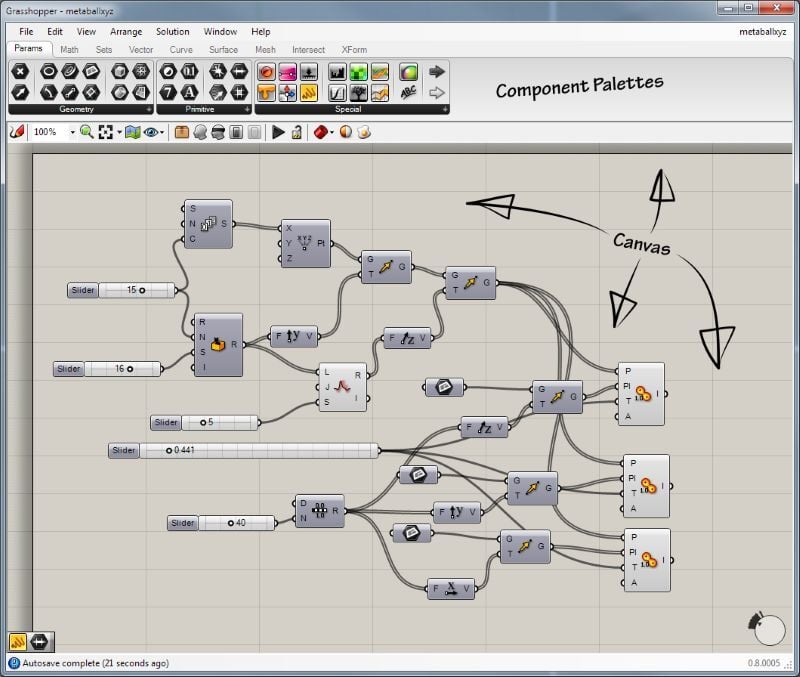
Rhino is a versatile modeling environment suited for complex surfaces and freeform geometry; Grasshopper is its companion visual scripting tool. 3D modeling in Rhino allows precision, flexibility, and seamless integration with algorithmic design.
- Purpose: Enable designers to parameterize geometry and logic without traditional coding
- Used For: Generative design, algorithmic form finding, custom tool development
- Example: A design technology specialist builds a Grasshopper definition that adapts roof curvature to wind load and solar exposure simultaneously, enabling iterative design variations quickly.
2. Dynamo for Revit

Dynamo within Revit allows the creation of logic nodes to connect data, geometry, and BIM elements.
- Purpose: Automate repetitive BIM processes, link external data, and parametrize building logic
- Used For: Automating placement, controlling annotation, parameter sync, data import/export
- Example: In a hospital model, Dynamo reads room types from Excel and populates doors, furniture, and tags accordingly across the Revit model, reducing manual effort.
3. Autodesk Revit

Revit is a building information modeling platform that integrates architecture, structure, and MEP in one model.
- Purpose: Serve as the central BIM environment for documentation and coordination
- Used For: Creating, managing, coordinating models, producing drawings and schedules
- Example: A skyscraper design team collaborates in Revit, linking structural and MEP systems; clash detection is run; sheets and schedules are generated from the model.
4. Ladybug + Honeybee

These form an environmental analysis suite built into Grasshopper for climate, daylight, and energy studies.
- Purpose: Integrate performance simulation directly into parametric workflows
- Used For: Solar radiation, daylight metrics, energy modeling, comfort analysis
- Example: After generating multiple window layouts with Grasshopper, you run Ladybug to analyze solar gain and daylight availability to prune options that overheat or under-illuminate.
5. modeFRONTIER

modeFRONTIER is a specialist tool for optimization, linking parametric scripts and simulation engines.
- Purpose: Evaluate hundreds or thousands of design variants and find optimal tradeoffs
- Used For: Running simulation workflows, steering toward best solutions across multiple criteria
- Example: The system varies a façade’s depth, orientation, and material, running structural, wind, and daylight simulations in batch to recommend the best combination.
6. OpenStudio

OpenStudio is a building energy modeling platform that works with BIM geometry and external simulation engines.
- Purpose: Provide detailed energy and HVAC performance modeling.
- Used For: Running whole-building energy simulations based on geometry, loads, and systems.
- Example: Export your building form from Revit or Grasshopper to OpenStudio and run seasonal energy consumption models; adjust insulation or HVAC sizing to lower energy use.
Master These Tools Through Novatr’s Computational Design Program
Novatr's Master Computational Design Course helps professionals gain expertise in parametric tools for design technology specialist workflows. It blends technical training with real-world application, prepares learners to think and work like modern design technology specialists.
Here’s what you’ll learn in detail:
- Learn 5 powerful industry tools — Grasshopper, Rhino 3D, Flux.ai, ComfyUI, and D5 Render.
- Master popular plugins like Paneling Tools, DeCoding Spaces, Anemone, Galapagos, Wallacei, LunchBox, Open nest and Horster Animation to create smarter, faster design workflows.
- Understand how to build parametric and generative design workflows used by top global firms.
- Learn how to automate repetitive design tasks, explore AI-driven creativity, and produce high-quality renders for presentations.
- Develop a professional computational design portfolio showcasing your project-based learning.
Disclaimer: Course details, including curriculum, duration, fees, and related information, are for informational purposes only and may change at the company's discretion without prior notice. Please visit the official course page or contact our admissions team for the latest updates.
Conclusion
Whether you're exploring parametric tools for design technology specialist roles or leveraging BIM tools for design technology specialist workflows, mastery of Rhino + Grasshopper, Dynamo, Revit, Ladybug, modeFRONTIER, and OpenStudio gives you a competitive edge. These tools enable you to build complex forms, integrate performance simulation, automate BIM logic, and optimize designs holistically.
Enrolling in the Master Computational Design course by Novatr offers structured guidance, project experience, and mentorship to bring these tools into your professional practice. Take the next step and apply to the course today to turn computational design from theory into your career differentiator.
Visit our resource page for more insights and receive expert guidance on advancing your career.
Frequently Asked Questions:
1. Which software is most commonly used for computational design?
Grasshopper for Rhino 3D is the most widely used tool because it offers flexible visual programming and integrates smoothly with multiple design platforms.
2. Is Grasshopper better than Dynamo for computational design?
They serve complementary roles: Grasshopper excels in geometry and generative workflows, while Dynamo integrates tightly with BIM in Revit for automation and data logic.
3. What are the top tools for parametric and generative design?
Key tools include Grasshopper, Dynamo, modeFRONTIER, Ladybug Tools, and OpenStudio, which together support parametric modeling, optimization, and performance simulation.
4. Can I use Rhino without Grasshopper for computational design?
Yes, Rhino supports precise 3D modeling, but Grasshopper for Rhino 3D adds the algorithmic control needed for complex parametric workflows.
5. How does Revit integrate with computational design software?
Revit connects through Dynamo and Rhino.Inside.Revit, allowing seamless data exchange and geometry control between BIM tools for design technology specialists and parametric platforms.

 Thanks for connecting!
Thanks for connecting!
.jpg)

.png)
